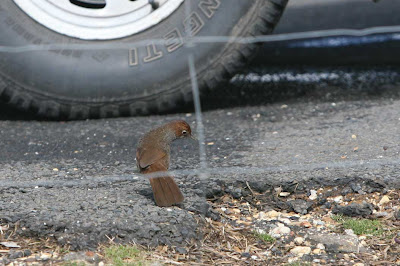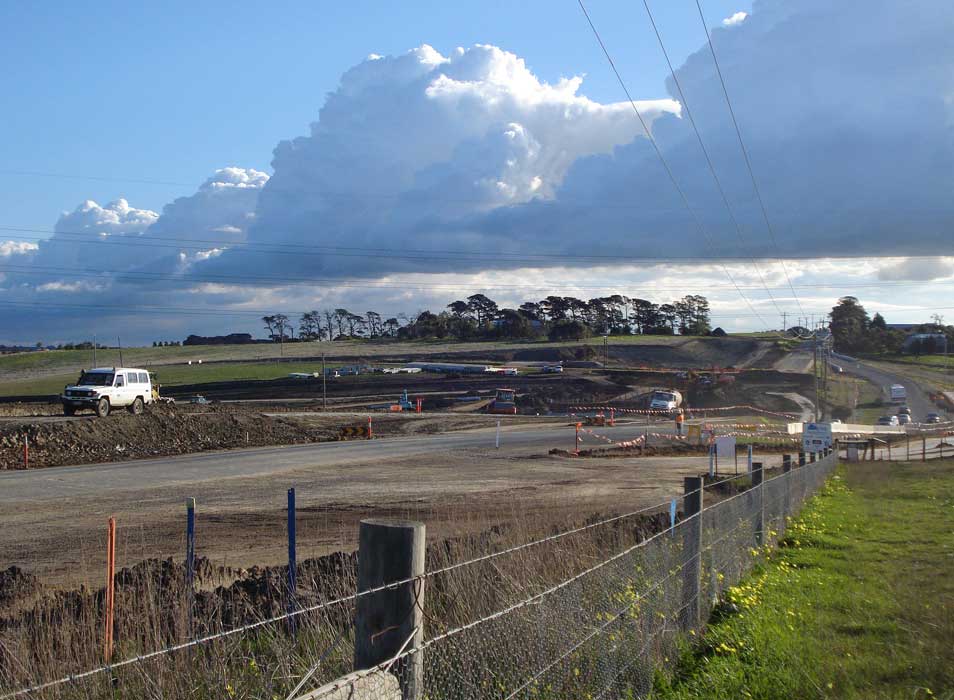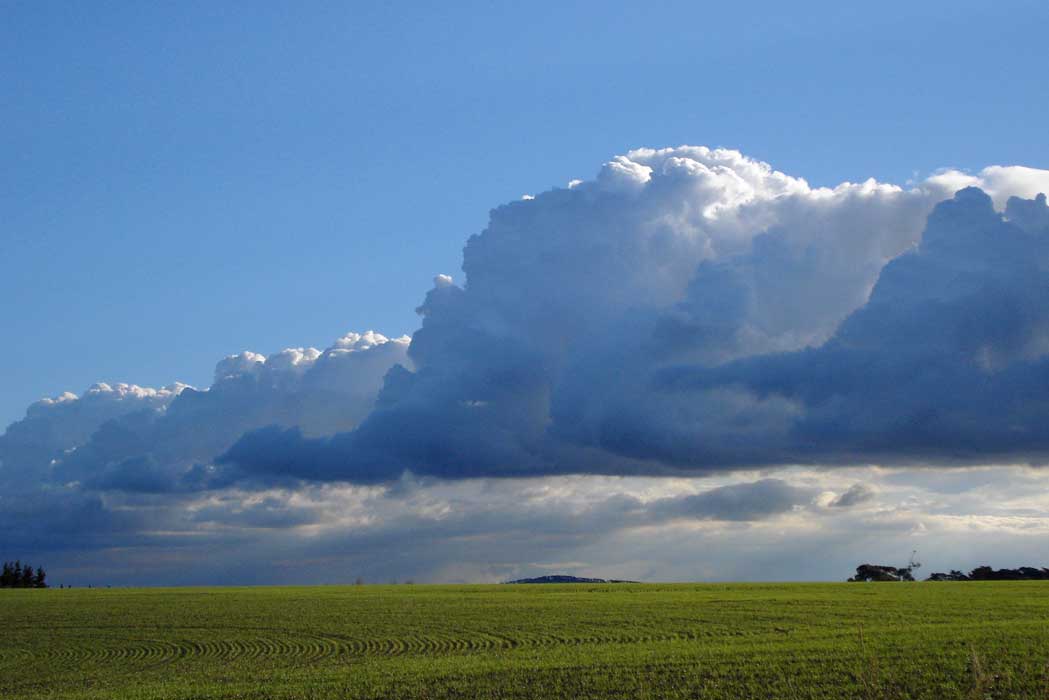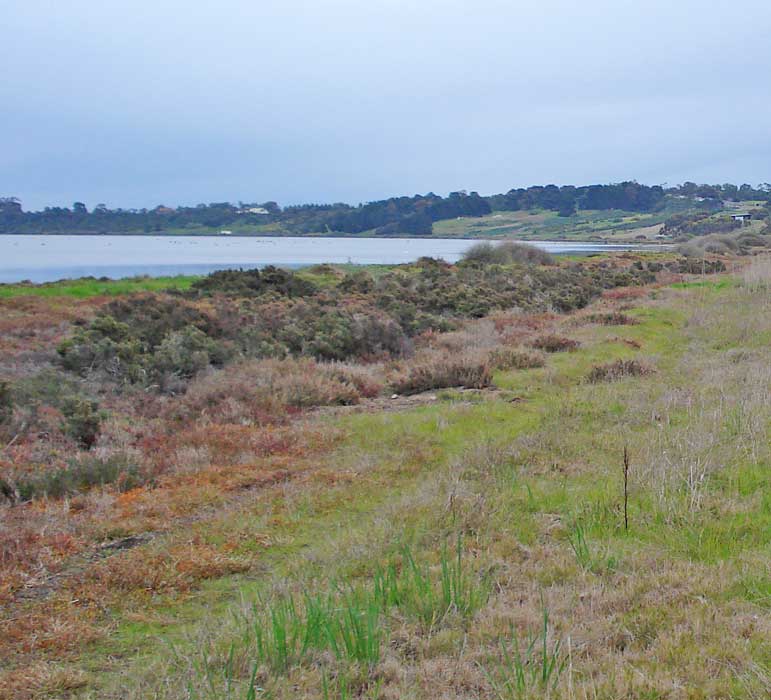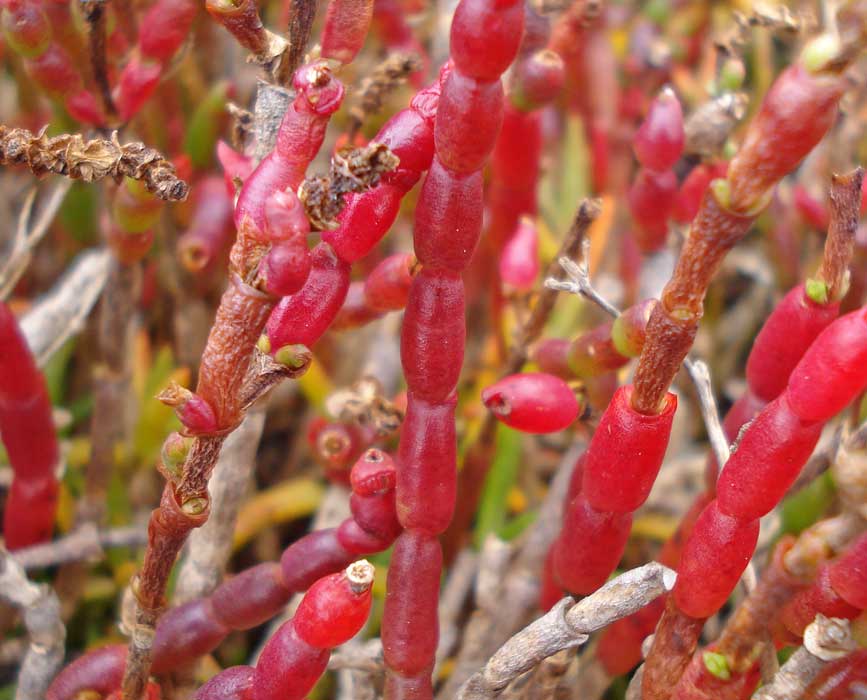For the whole week I've been ensconced in the built environment, eyeing the natural environment on the other side of the glass. Thankfully I don't have to work next week, or indeed for a few weeks, so I should be able to get out and about again.
In the meantime I had to settle on enjoying what is happening in my garden at the moment. Lots of things are starting to flower - even though it's been a very cold week - including the
Eremophilas. The common name for this group of plants is Emu Bush (I don't know why) and their scientific name means 'desert-loving'. I have about eight growing in my garden, and plan to put in some more. With the drier conditions in our area they grow very well. And the flowers are stunning, with small and beautiful long tubes that narrow to the base. Many have spots inside.
With the
Boobiallas they belong to the Myoporaceae family (which means they have the ability to close the pores on their leaves and therefore increase their chance of surviving dry periods). At least, that's where they are in the latest
A Census of the Vascular Plants of Victoria. I also have the latest
Wild Plants of Victoria and they sit in the Scrophulariaceae there. I prefer the former because the latter refers to the purported healing qualities of certain plants in the family for scrofula, a skin disease. Plant systematics is a very confusing area.
Never mind, they are a joy to have in my garden, and I can't wait to get back to the Arid Garden at Port Augusta where there is a huge collection of
Eremophila plants from all over Australia. The last time I was there it was extremely windy, and it was in pre-digital camera days. It was even too windy to do any bird watching, a disappointment because the bird list for the Arid Garden is very impressive (by which I mean there birds on the list that I haven't met yet).
Here are some of the
Eremophilas flowering in my garden today.












